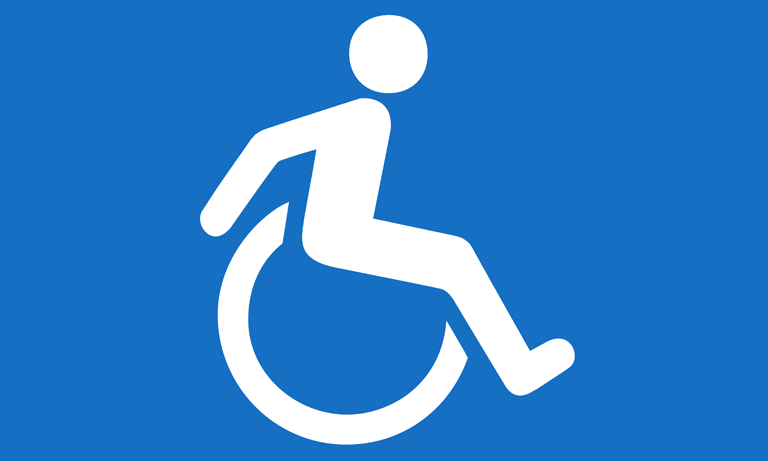 Disability discrimination often starts at school, well before people face difficulties in the employment market
Disability discrimination often starts at school, well before people face difficulties in the employment marketWhy does this gap exist and are there steps that can be taken to ensure that more disabled people are offered the employment opportunities they desire?
A worldwide problem
The disability employment gap is a global issue that still affects countries where laws support anti-discriminatory behaviour. This is a massive issue given that around one billion people – 15 per cent of the global population – have a disability.
People living with a disability inevitably feel frustrated by a lack of working opportunities and the cycle of discrimination, disability and poverty is proving almost impossible to break. A Harvard study, for example, revealed that disability was one of the main reasons for discrimination, alongside age.
In a similar vein, a Scope study in Britain highlighted bias amongst young people, especially males, towards people with learning difficulties and mental health issues. These are the groups of people that face the most difficulty in finding employment – in Britain and beyond.
Disability discrimination often starts at school, well before people face difficulties in the employment market. An OECD international study revealed that disabled people leave educational establishments earlier than their non-disabled peers, and even earlier than in previous generations. This means that many disabled people start their working lives at a disadvantage due to a lack of comparative educational achievement.
Experts claim that the disability gap has widened in Britain in recent years as a result of the removal of aids and support, such as Motability cars and sign language interpreters, which had helped individuals in the workplace.
Narrowing the gap
George Selvanera of the Business Disability Forum says there are a range of measures that can be useful in narrowing the employment gap. These include peer support networks, employment networks, and visible role models to inspire both disabled people and employers.
Selvanera says there are ‘best in class’ companies leading the way in terms of employing disabled people, including Sainsbury’s Lloyds and Barclays; however, across the world, these companies are the exception rather than the norm.
The employment gap in the US, for example, currently stands at 46 per cent, compared with 20 per cent globally, and the introduction of the 1990 Americans with Disabilities Act (ADA) led to employment levels going down.
Alex Ghenis from the World Institute on Disability says that benefit regulations can act as disincentives for disabled people to work. In Peru, which has one of the world’s biggest employment gaps at 45 per cent, Stanislao Maldonado from Bogota’s Universidad del Rosario says access to education is a key consideration.
It is known that disabled people with better educational qualifications are more likely to be employed, indicating the importance of educational opportunities. Peer support is also a well-known factor in narrowing the disability employment gap by allowing disabled people the opportunity to see others successfully operating within a workplace environment.
Join Over 40,000 Recruiters. Get our latest articles weekly, all FREE – SEND ME ARTICLES
Recruiters love this COMPLETE set of Accredited Recruitment & HR Training – View Training Brochure








